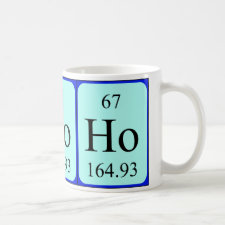
Authors: Kadhirvel P, Azenha M, Gomes P, Silva AF, Sellergren B
Article Title: Aminoglutethimide-imprinted xerogels in bulk and spherical formats, based on a multifunctional organo-alkoxysilane precursor.
Publication date: 2015
Journal: Journal of Chromatography A
Volume: 1424
Page numbers: 59-68.
DOI: 10.1016/j.chroma.2015.10.097
Alternative URL: http://www.sciencedirect.com/science/article/pii/S0021967315015873
Abstract: The multifunctional alkoxysilane precursor, 2,6-bis(propyl-trimethoxysilylurelene)pyridine (DPS) was designed and synthesized, envisaging a multiple hydrogen-bond interaction in the molecular imprinting of the drug aminoglutethimide (AGT). Imprinted xerogels were obtained in bulk and spherical formats. The spherical format was achieved by pore-filling onto spherical mesoporous silica, as a straightforward technique to generate the spherical format. The bulk gels presented better selectivity for the template against its glutarimide (GLU) analogue (selectivity factor: bulk 13.4; spherical 4.6), and good capacity (bulk 5521 μmol/L; spherical 2679 μmol/L) and imprinting factor parameters (bulk 11.3; spherical 1.4). On the other hand, the microspherical format exhibited better dynamic properties associated to chromatographic efficiency (theoretical plates: bulk 6.8; spherical 75) and mass transfer, due mainly to the existence of a mesoporous network, lacking in the bulk material. The performance of the imprinted xerogels was not as remarkable as that of their acrylic counterparts, previously described. Overall it was demonstrated that the use of designed new "breeds" of organo-alkoxysilanes may be a strategy to achieve satisfactory imprints by the sol-gel processes. DPS may in principle be applied even more effectively to other templates bearing better-matching spatially compatible acceptor-donor-acceptor arrays
Template and target information: aminoglutethimide, AGT
Author keywords: Aminoglutethimide, molecular imprinting, sol-gel, Organo-alkoxysilane, Microspherical



Join the Society for Molecular Imprinting

New items RSS feed
Sign-up for e-mail updates:
Choose between receiving an occasional newsletter or more frequent e-mail alerts.
Click here to go to the sign-up page.
Is your name elemental or peptidic? Enter your name and find out by clicking either of the buttons below!
Other products you may like:
 MIPdatabase
MIPdatabase









